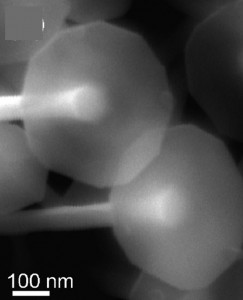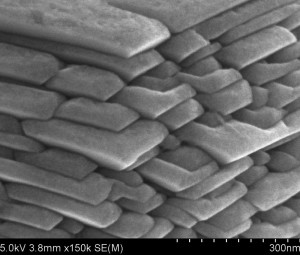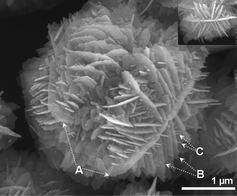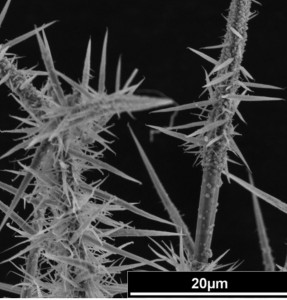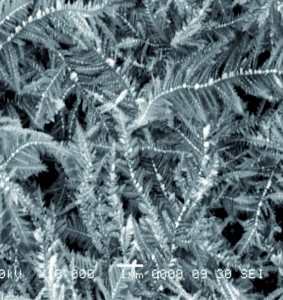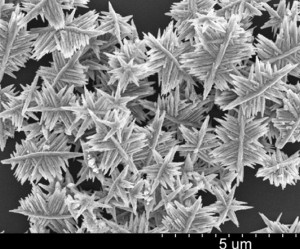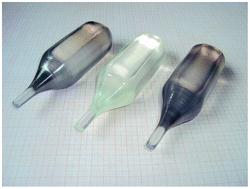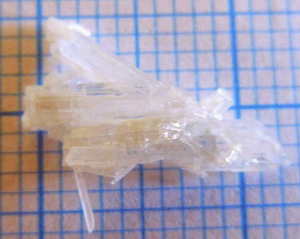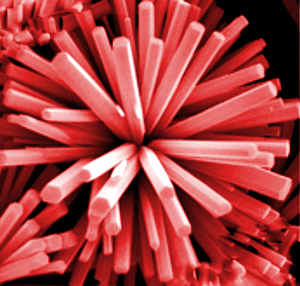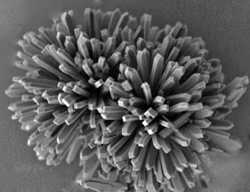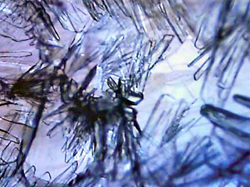Depending on the growth conditions, zinc oxide crystals can take on various fascinating forms. The following are just a few of them:
Find out more about these crystals from the papers:
Catalyst-free synthesis of single crystalline ZnO nanonails with ultra-thin caps
Xing Huang, Lidong Shao, Guang-Wei She, Meng Wang, Shu Chen and Xiang-Min Meng
CrystEngComm, 2012,14, 8330-8334
DOI: 10.1039/C2CE26197A, Communication
Layered ZnO microcrystals with intense stimulated emission
Xia Cao, Ning Wang, Xiaomin Huang, Quanchen Feng, Long Wang, Keya Zhou, Xuejiao Gao and Jung-Ho Lee
CrystEngComm, 2013,15, 1715-1720
DOI: 10.1039/C2CE26445E, Paper
Rapid room-temperature synthesis of nanosheet-assembled ZnO mesocrystals with excellent photocatalytic activity
Mingsong Wang, Yiping Zhang, Yajun Zhou, Fengwu Yang, Eui Jung Kim, Sung Hong Hahn and Seung Gie Seong
CrystEngComm, 2013,15, 754-763
DOI: 10.1039/C2CE26660A, Paper


